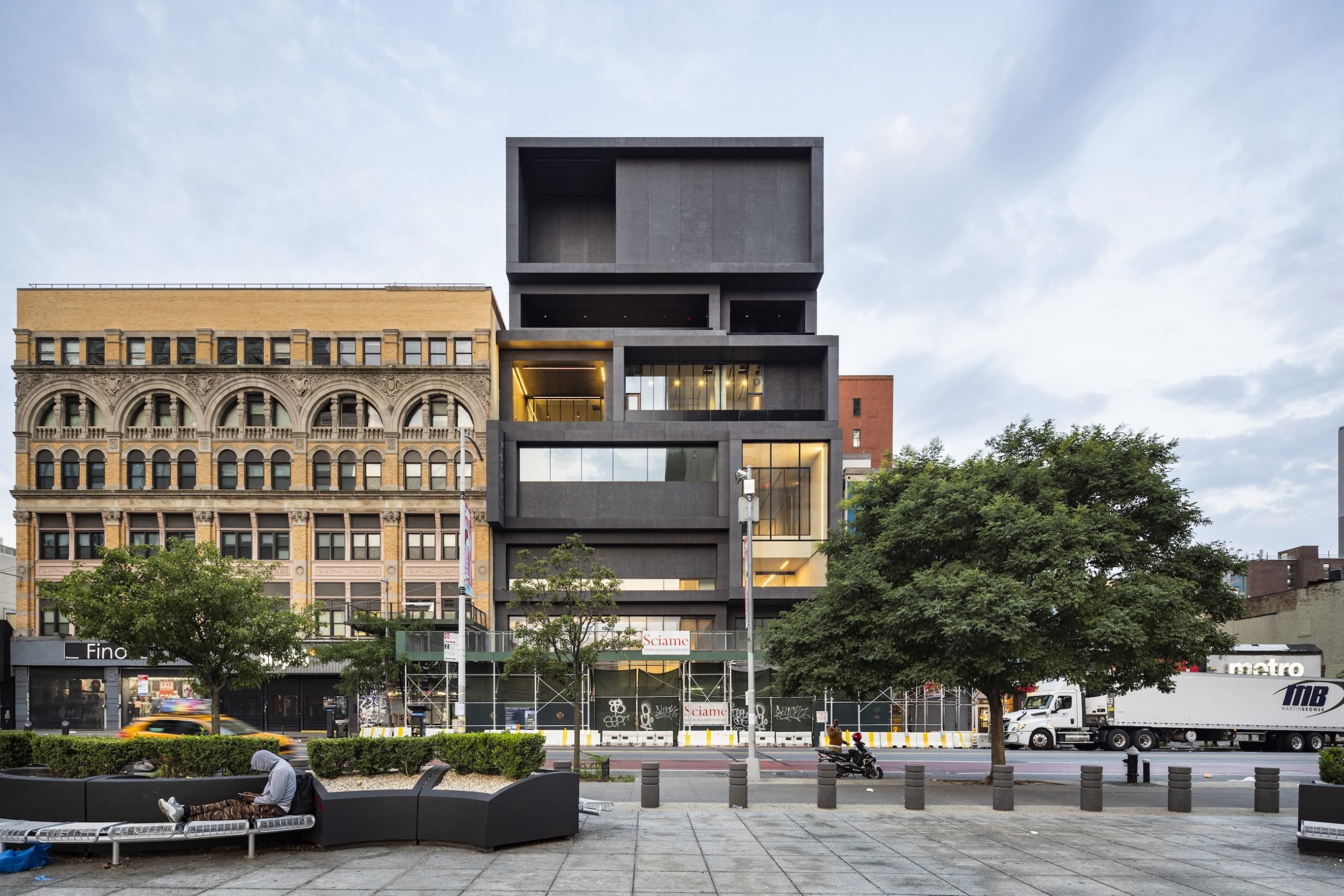
Over the last seven years, the Studio Museum in Harlem’s widely anticipated new building has been under construction. The art world and the institution’s neighbors won’t have to wait much longer to experience it.
The new building will open to the public in the fall of 2025. Visitors will finally be able to see works by famed artists such as Romare Bearden, Dawoud Bey, Jordan Casteel, Barkley L. Hendricks, Seydou Keïta, Norman Lewis, Lorraine O’Grady, Faith Ringgold, and many others.
The museum was founded in 1968 by a group of artists, community activists, and philanthropists in the Upper Manhattan neighborhood in a rented loft space on Fifth Avenue. Since then, it has grown into a world-class institution with a widely recognized collection.
Barkley L. Hendricks, Lawdy Mama (1969). © Barkley L. Hendricks. Courtesy the Estate of Barkley L. Hendricks and Jack Shainman Gallery, New York. Photo: Adam Reich.
Longtime director Thelma Golden has been the subject of glowing profiles in the New Yorker magazine not once but twice, in 2002 and 2024, and is often cited as a possible successor to Glenn Lowry, the outgoing director of New York’s Museum of Modern Art.
To date, the museum has raised over $280 million to support the project; the campaign has been extended to meet a new $300 million target.
Tom Lloyd, Moussakoo (c. 1968). Courtesy Studio Museum in Harlem. Photo: John Berens.
The inaugural exhibition will feature the work of the Queens-based sculptor Tom Lloyd, who died in 1999. It’s a full-circle moment of sorts, since Lloyd was the subject of a show entitled “Electronic Refractions II” from the museum’s first year.
“Through the life and career of Tom Lloyd, whose solo exhibition inaugurated our museum in 1968, we reencounter an artist who was years ahead of his time in both his ideals and artistic practice,” said Golden in press materials.
“Now, thanks to other artists, scholars, and our curator, Connie H. Choi, his work is coming to light,” she added. “This exhibition is joined by a breadth of remarkable works from our collection which will be presented in our other incredible galleries.”
Jordan Casteel, Kevin the Kiteman (2016). Courtesy the artist. Photo: Adam Reich.
The new 82,000-square-foot building will feature a number of impressive upgrades. The exhibition spaces will be expanded by more than half. There will also be an expanded theater, a studio space for the museum’s famed artists-in-residence program, an education center, rooftop terrace, and a café.
Ghanaian-British architect David Adjaye, perhaps best known for the Smithsonian Institution’s National Museum of African American History and Culture, was tapped to design the building. While Adjaye himself stepped away from the work following misconduct allegations against him, his firm, Adjaye Associates, remains attached to the project alongside executive architect Cooper Robertson.
Rashid Johnson, Bruise Painting “Tarmac” (2023). Photo: John Berens © Rashid Johnson. Courtesy the artist and Hauser & Wirth.
Newly released images showcase the nearly complete building’s design. One main design element that has served as a through line has been the architect’s approach to the space as a kind of “reverse stoop,” meaning the building will have an open and inclusive feel. Gallery spaces will also be visible from the street.
“Taken in its entirety,” said Golden, “our collection traces, as few institutions can, a history of creativity by artists of African descent that we will continue to nurture far into the future.”